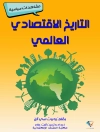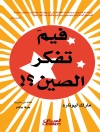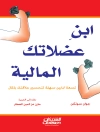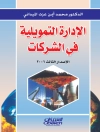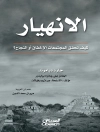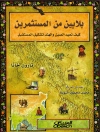This book examines the facts concerning child labour in Latin America, how it varies over time; across countries; and in comparison to other areas of the world. It aims to improve the understanding of root causes and consequences of persistent child labour and to contribute to the policy debate.
Table des matières
Changing Patterns of Child Labor Around the World Since 1950 Child Labour, Schooling, and Poverty in Latin America The Responses of Child Labour, School Enrollment, and Grade Repetition to the Loss of Parental Earnings in Brazil, 1982-1999 Dynamics of Child Labour: Labour Force Entry and Exit in Urban Brazil How Does Working as a Child Affect Wages, Income and Poverty as an Adult? The Inter-Generational Persistence of Child Labour The Impact of Child Labour Intensity on Mathematics and Language Skills in Latin America The Impact of Cash Transfers on Child Labour and School Enrollment in Brazil Limiting Child Labour Through Behavior-Based Income Transfers: An Experimental Evaluation of the PETI Program in Rural Brazil The Impact of PROGRESA on Child Labour and Schooling Education and Child Labour: Experimental Evidence from a Nicaraguan Conditional Cash Transfer Program Policy Options to Eradicate Child Labour and Promote Education in Latin America
A propos de l’auteur
PETER ORAZEM is Professor of Economics at Iowa State University.
GUILHERME LUIS SEDLACEK is Lead Human Development Specialist, Office of Evaluation and Oversight, Inter-American Development bank.
ZAFIRIS TZANNATOS is Adviser to the World Bank Institute. He was previously Advisor to the Managing Director for Human Development, Manager for Social Protection in the Middle East and North Africa Region, and Leader of the Child Labor Program that he initiated



